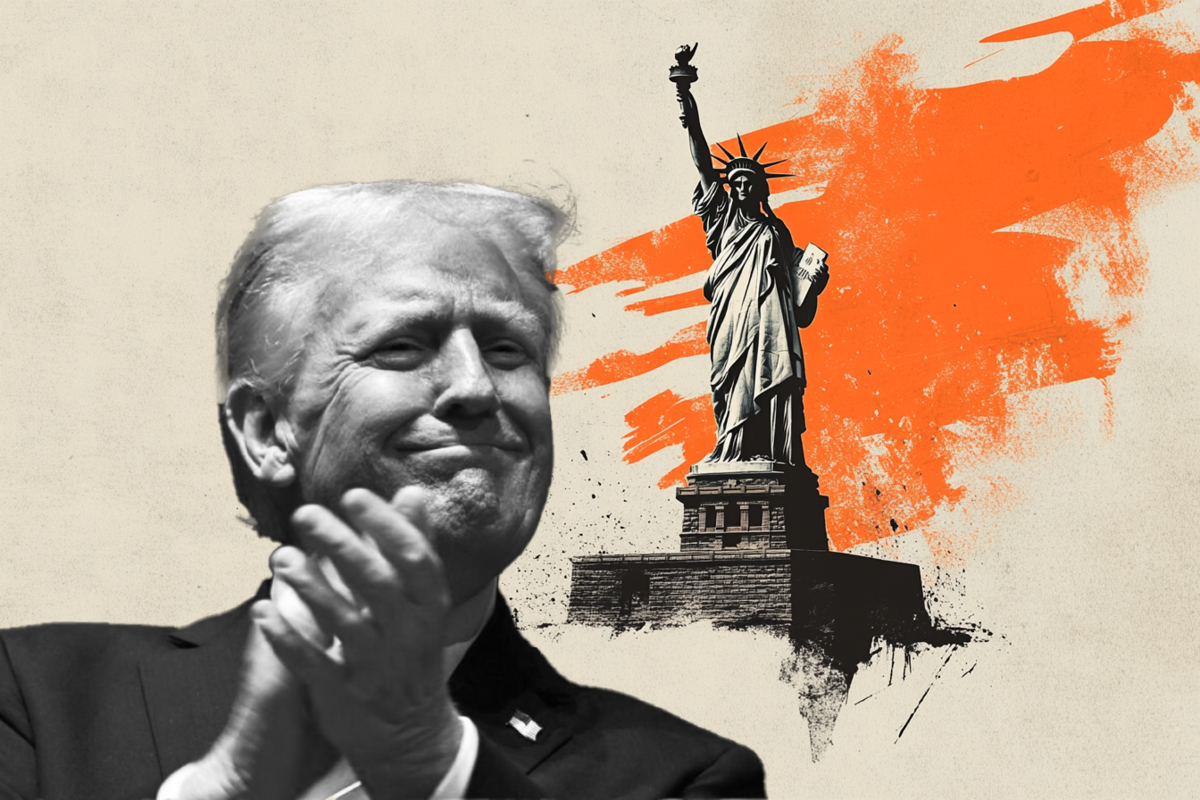Trump signals more tariffs and confirms talks with China

The US President, Donald Trump, held a press conference in the Oval Office in Washington. He discussed trade deals with China, tariffs, and the acquisition of US Steel by Nippon Steel.
Key highlights:
Nippon Steel could be part of trade talks with Japan.
We want US Steel to remain in US hands.
We don't want foreign businesses buying US Steel.
Nippon Steel could be part of trade talks with Japan.
I doubt Nippon Steel deal will be a part of Japan tariffs.
Nippon can invest or be a partner.
We set a number, people pay that number or go elsewhere.
We're going to do it without Nippon.
We're talking to China.
China has reached out since 145% tariff.
I don't want to say We're talking to Xi directly.
It's pretty obvious Xi has reached out directly.
At a certain point people won't buy.
We have a deal for TikTok but subject to China.
China would like to see us do the deal we have.
I think we will make a deal with China.
I think we have a lot of time.
If we don't make a deal, we set a target.
Deals over the next three to four weeks.
Reiterates computer and chips tariff threat.
Reiterates tariffs on cars, steel and aluminum.
We have some other things that we're going to be adding in the not too distant future.
Tariffs FAQs
Tariffs are customs duties levied on certain merchandise imports or a category of products. Tariffs are designed to help local producers and manufacturers be more competitive in the market by providing a price advantage over similar goods that can be imported. Tariffs are widely used as tools of protectionism, along with trade barriers and import quotas.
Although tariffs and taxes both generate government revenue to fund public goods and services, they have several distinctions. Tariffs are prepaid at the port of entry, while taxes are paid at the time of purchase. Taxes are imposed on individual taxpayers and businesses, while tariffs are paid by importers.
There are two schools of thought among economists regarding the usage of tariffs. While some argue that tariffs are necessary to protect domestic industries and address trade imbalances, others see them as a harmful tool that could potentially drive prices higher over the long term and lead to a damaging trade war by encouraging tit-for-tat tariffs.
During the run-up to the presidential election in November 2024, Donald Trump made it clear that he intends to use tariffs to support the US economy and American producers. In 2024, Mexico, China and Canada accounted for 42% of total US imports. In this period, Mexico stood out as the top exporter with $466.6 billion, according to the US Census Bureau. Hence, Trump wants to focus on these three nations when imposing tariffs. He also plans to use the revenue generated through tariffs to lower personal income taxes.
Author

Christian Borjon Valencia
FXStreet
Christian Borjon began his career as a retail trader in 2010, mainly focused on technical analysis and strategies around it. He started as a swing trader, as he used to work in another industry unrelated to the financial markets.

















